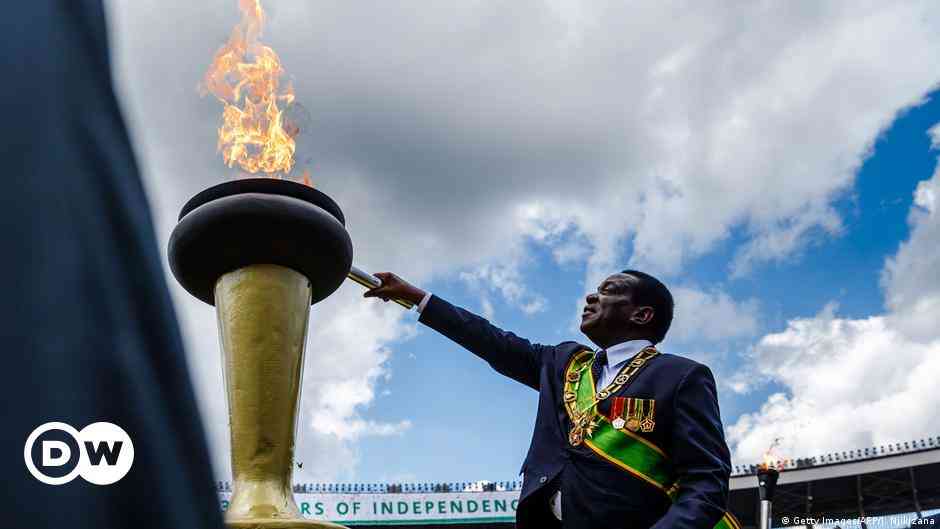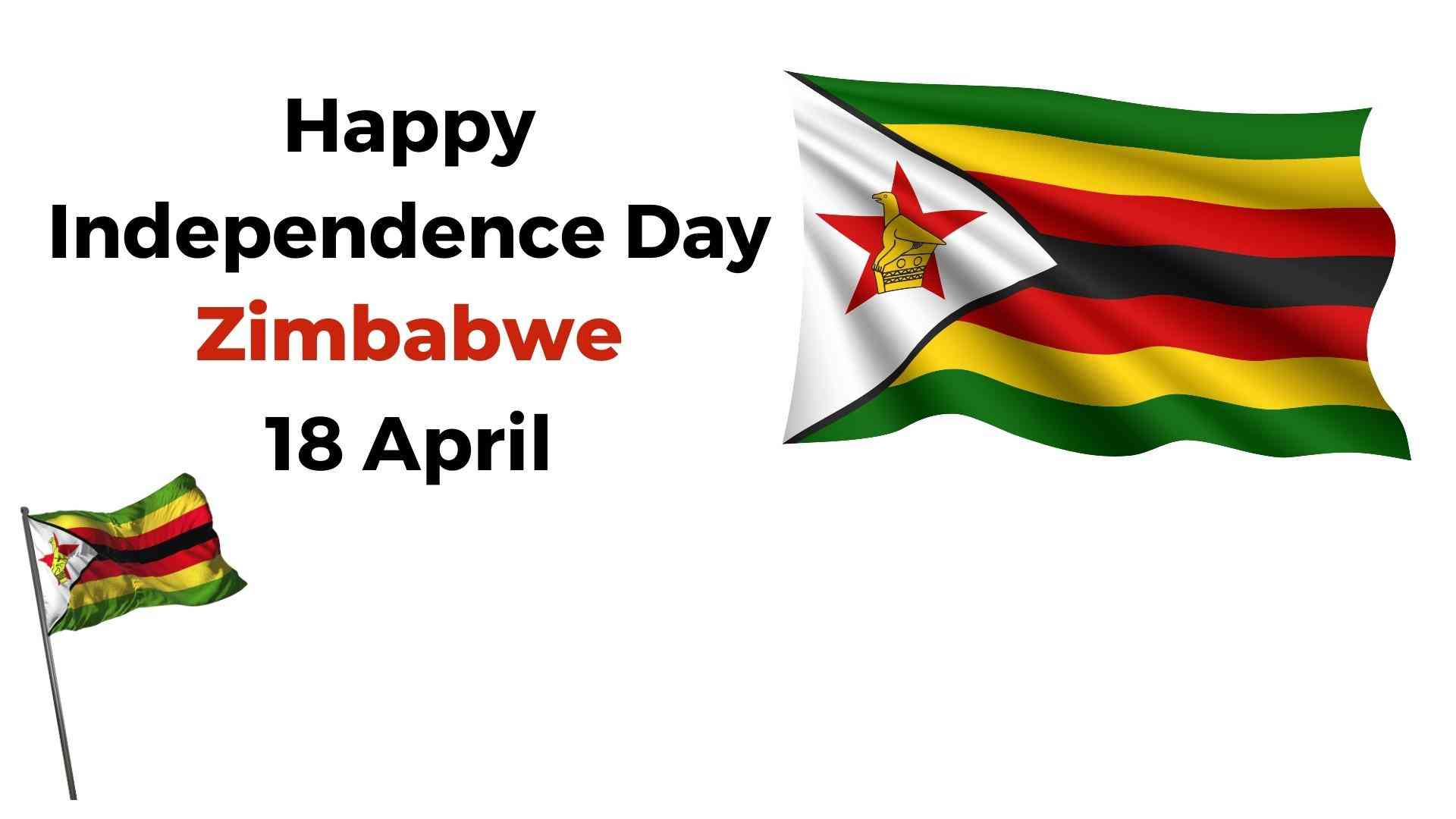
Agriculture occupies a central place in the Zimbabwean economy, some even place the sector as the backbone of Zimbabwe’s economy which underpins the economic, social and political lives of the majority of the people of Zimbabwe. Agriculture contributes 15%-18% of gross domestic product (GDP). In addition, it contributes over 40%of national export earnings and 60% of raw materials to agro-industries.
By David Mhlanga
Over 70% of the population derives its livelihood from the agricultural sector. Agriculture-related employment supports a third of the formal labour force. In recognition of the importance of agriculture in economic development, the African Union Commission, through the Maputo Declaration of 2003, encourages member states to spend at least 10% of their national budget towards agriculture (Comprehensive Agricultural Policy Framework, 2012).
One way of fighting poverty is to intensify production in the agricultural sector. When agriculture is viable it contributes a greater percentage towards employment, GDP, exports etc this automatically leads to a drop-in poverty levels putting more people out of poverty.
The Quarterly digest of statistics, December 1989, outlined the contribution of agriculture to GDP for selected years and the contribution to formal employment. In 1978 agriculture and forestry contributed 15,5% to Gross domestic Product (GDP), 1980 it was 14%, 1983-11,6%, 1986-14%, 1989-14%. Since 1978, the manufacturing sector has been the major driver of the economy contributing about 20% of GDP on average.
However, by 2006, manufacturing had declined to a contribution of about 15% to GDP while agriculture assumed the highest contribution of 17% to GDP (Zimbabwe Medium Term-Plan 2011-2015). Agricultural production has declined steadily and drastically over the years. While the share of agriculture in GDP was about 22% in 2001, 17% in 2006 it fell to about 10% and slightly rise to approximately 11,3% in 2016.
Agriculture constitutes the dominant occupational activity in Zimbabwe. In 1980, the total national population was estimated at 7,4 million. The number waged employees at this time just exceeded one million. In the period to 1988 some 120 000-140 000 new jobs were created in the formal sector while the national population figure came close to nine million. The following are the numbers of wage earners in agriculture (including forestry and fishing) for the period 1970 to 1988 and their share of the country’s employment market
Agricultural wage earners in total, and as a percentage of the total labour market
- Chamisa under fire over US$120K donation
- Mavhunga puts DeMbare into Chibuku quarterfinals
- Pension funds bet on Cabora Bassa oilfields
- Councils defy govt fire tender directive
Keep Reading
(in thousands)
Year Number %age 1970 298 (35) 1975 364 (35) 1980 327 (32) 1981 294 (28) 1982 274 (26) 1983 264 (25) 1984 271 (26) 1985 276 (26) 1986 276 (25) 1987 266 (25) 1988 277 (24)
Source: Republic of Zimbabwe (1989a), Quarterly digest of statistics, December 1989.
Looking closely the contribution of agriculture to national employment, to national output has been falling as shown by the presented from 1980. On maize production in the two decades prior to independence (1960–1980), Zimbabwe contributed an average share of 6% of Africa’s maize production. During that period, Zimbabwe’s maize production outpaced consumption by an average 400 000 tonnes a year making it a net exporter.
During the first half of black majority rule (1980–2000), the country’s maize production contributed a share of 5% to Africa’s output. While it was a net importer in most years, on average, the country remained a net exporter of maize, with a declining maize trade balance, the difference between a nation’s exports and imports. The decline in Zimbabwe’s maize production and trade balance worsened following the introduction of the country’s fast-track land reform programme in 2001.
The country’s share of maize production on the continent dwindled to an average of 2% between 2001 and 2016. During this period, Zimbabwe’s maize consumption outpaced production by an average of 550 000 tonnes per year turning it into a net importer. This decline in agricultural production translates to increases in poverty as pointed out earlier because, over 70% of the population derives its livelihoods from the agricultural sector. It also contributes 15%-18% of GDP. In addition, it contributes over 40% of national export earnings and 60% of raw materials to agro-industries.
The World Bank estimated urban poverty in Zimbabwe in 1990/95 to be at 12% while the 1995 poverty assessment study found urban poverty to be 39%. In January 2009, Save the Children Zimbabwe estimated that, 10 out of 13 million Zimbabweans, over 75% of population were living in desperate poverty. In April 2010, the United Nations Children’s Fund noted that 78% of the Zimbabweans were absolutely poor and 55% of the population about 6,6 million lived under the food poverty line in December 2009. The Zimbabwe Interim Poverty Reduction Strategy Paper 2016-2018 (IPRP, 2016), also noted that, income poverty, as measured by the proportion of people whose income is less than the total consumption poverty line(TCPL) in Zimbabwe remained high, generalised and almost constant at above 70% since 1995.
The increase in poverty over the years was generally in line with the fall in production in the agricultural sector. Since most of the agricultural activities are more confined to rural sector, during the years from 1980 rural poverty was also increasing.
IPRP (2016) estimates that 92% of the extremely poor population and 91% of the extremely poor households reside in the rural areas. The proportions of poor population and households in rural areas are also high at 80% and 78% respectively (IPRP, 2016).
This was also highlighted in the millennium goals development progress report of 2012 that 76% of the rural households are considered poor compared to 38,2% of urban population.
On individual poverty, the report highlighted that, 84,3% of individuals in the rural areas are poor compared with 46,5% in urban areas. To fight poverty successfully more investment and analysis of policies in agriculture should be put in place. The answer to poverty is, agricultural sector must stand on its feet.
David Mhlanga is a doctoral fellow in Economics North West University South Africa. He can be contacted on [email protected]











